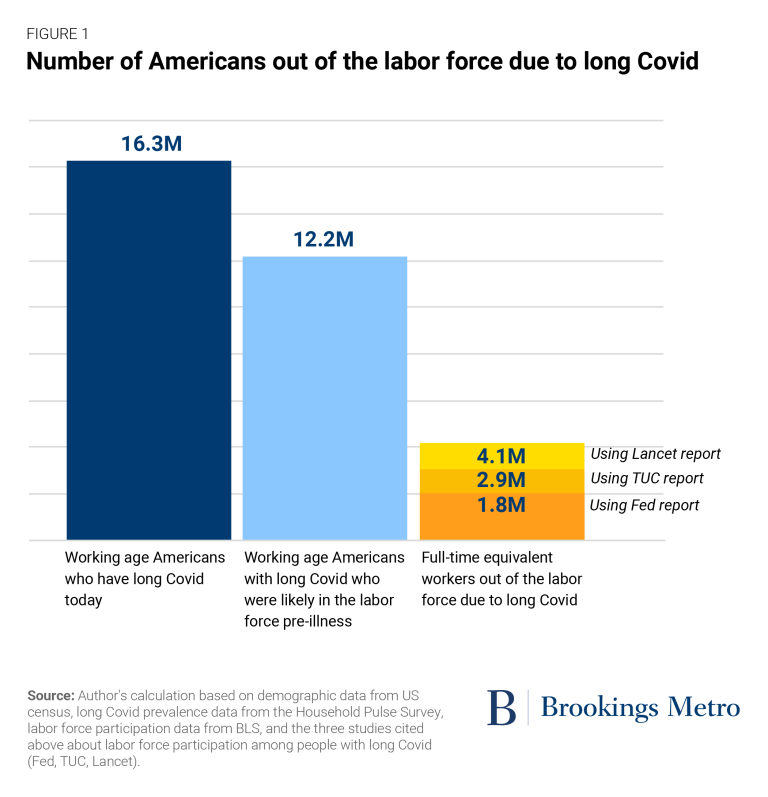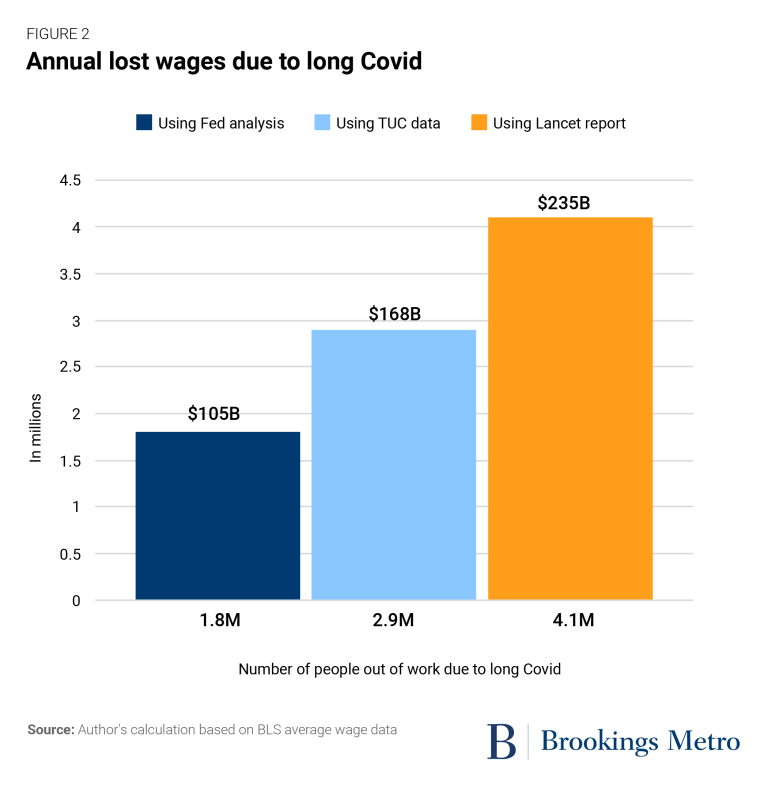The term “Long COVID” originated in Spring 2020 as a way to describe COVID-19 patients who did not recover for several weeks or months following initial symptoms. Although there is no consensus definition, many experts refer to it as a chronic-fatigue-syndrome-like condition that develops after COVID illness. In some cases, the fatigue is extremely debilitating and prevents those suffering from engaging in regular activities.
During a recent episode of Vox’s Today, Explained podcast, Dr. Monica Verduzco-Gutierrez, Chair of Rehabilitation Medicine at the University of Texas Health Science Center at San Antonio, answers questions about the condition. According to Dr. Verduzco-Gutierrez, she “had one patient that had cancer before. And this person told [her] that their fatigue from COVID was 100 times worse than from when they had cancer.”
Another commonly reported symptom is brain fog, which includes poor memory and difficulty concentrating on complex tasks. Some patients are unable to return to work due to diminished faculties stemming from Long COVID side effects.
“I used to work in artificial intelligence. I did a lot with generative machine learning models. All of that is pretty foreign to me now. I don’t have the capacity I used to.”
– Hannah Davis, Co-Founder of the Patient-Led Research Collaborative
Although the severity varies, it is reasonable to expect that impacted employees will not be able to handle as much work as they could before.
Impact Of Long COVID On The Workforce
Studies estimate that around 16 million working-age Americans (those aged 18 to 65) have Long COVID today. Of those, two to four million are out of work due to ongoing symptoms.

Although these numbers may seem high, they are consistent with similar studies conducted in other countries. A Bank of England representative recently stated that labor force participation has dropped 1.3% across the entire 16- to 64-year-old population (not just those who are working). The majority of that impact is from the rise in long-term sickness, which he suspected was Long COVID.
The annual cost of lost wages from employees exiting the workforce is around $170 billion a year (and potentially as high as $230 billion).

It is worth noting that these estimates do not reflect the full economic impact of Long COVID, because it does not factor in lower productivity of people working while ill.
Takeaway
Currently, there is no known treatment for Long COVID. A recent study suggests vaccines reduce the risk of Long COVID by 15%. It is critical for employers to consider disability accommodations for people in the workplace experiencing chronic symptoms. These types of policies can be the difference between an employee that exits the labor force or perseveres with the assistance of a supportive employer.
Experts suggest that rest in the first month or two after COVID can reduce the chance of developing Long COVID. Educating employees on post-infection protocols will help promote awareness of the associated risks. Encouraging impacted employees to take adequate paid time off and adopt a flexible work schedule that promotes rest is equally important. Employers can also provide targeted resources to help employees improve sleep habits, which will aid in the recovery process.












